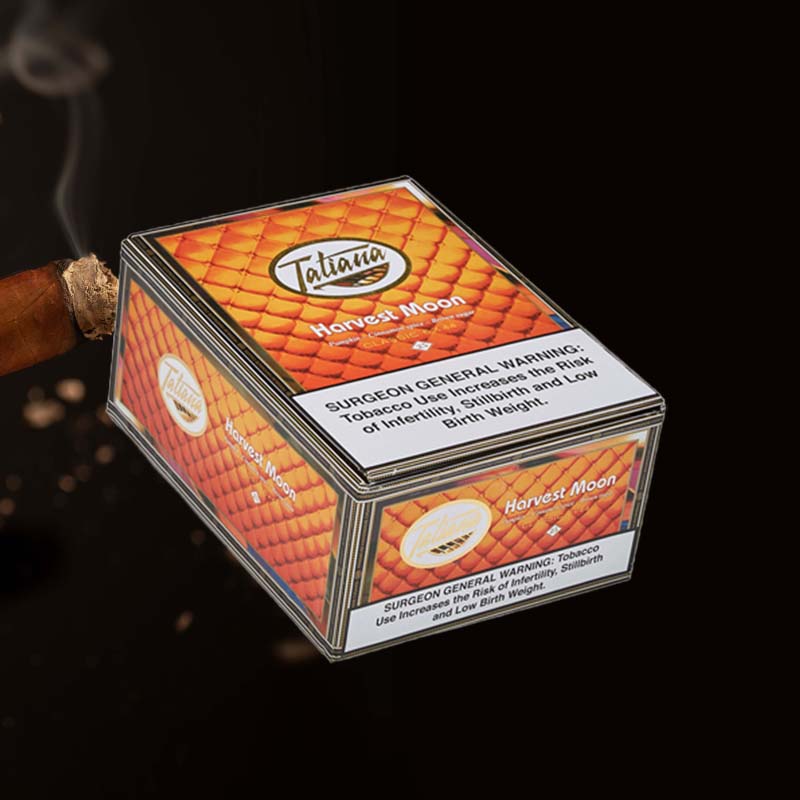Torch coral lighting requirements
Lighting Requirements for Torch Coral
As an enthusiastic reef aquarium keeper, I’m always fascinated by the vibrant life within my tanks. One of my favorite additions has to be the torch coral. However, I’ve discovered that ensuring proper lighting is essential for its thriving beauty. In this article, I will dive deep into the lighting requirements for torch coral and share my experiences to help you achieve the best results.
Understanding Light Intensity
Light intensity is critical for torch coral, and I’ve learned that they prefer moderate to high light levels. This means that keeping them under bright lighting mimicking their natural habitat can result in healthier, more colorful corals.
- Use a PAR meter to measure light intensity.
- Aim for 150 to 300 mol/m/s at the coral’s location.
- Observe your coral; if it looks bleached, it may be too much light.
Light Spectrum Needs
It’s not just about the intensity; the spectrum of light matters too! After experimenting with different lighting, I’ve come to realize the importance of providing a full spectrum, especially including blue wavelengths, which support the health of photosynthetic zooxanthellae.
- Choose LED lights with a spectrum that includes both blue and white light.
- Provide about 8-10 hours of light daily.
- Adjust the spectrum periodically to mimic natural light changes.
Type of Lighting Best Suited
Having tried various lighting methods, I’ve found that LED lights are incredibly effective for torch corals. They not only provide the necessary spectrum but also generate less heat, which helps maintain water temperature.
- Consider programmable LEDs for adjustable light cycles.
- T5 fluorescent lights are also a good option for wider coverage.
- Avoid incandescent bulbs; they produce too much heat and can harm coral.
Water Flow

Importance of Proper Water Movement
In my journey, I’ve realized that water flow is just as crucial. Strong water movement helps ensure that the torch coral receives nutrients and keeps its surface clean. Without it, issues like algae buildup can occur.
Recommended Flow Rates
Through observation, I’ve found that a moderate flow rate—between 10 to 30 times the tank’s volume per hour—provides the best results for torch corals. This ensures that the water is adequately circulated without overly stressing the coral.
Water Quality

Key Parameters for Optimal Health
Maintaining high water quality is vital for the health of torch corals. Parameters such as pH, salinity, and calcium levels are key factors I always keep a close eye on.
- pH: 8.1 – 8.4
- Salinity: 1.023 – 1.025
- Calcium: 400 – 450 ppm
Testing Water Quality
I make it a habit to test my water at least once a week to catch any fluctuations before they turn into problems. Regular testing kits can help keep everything in check.
Feeding Torch Coral

Types of Food to Provide
While torch corals derive a lot of their energy from light, they also benefit from regular feedings. I often use a mix of liquid coral foods and small meaty offerings like mysis shrimp or brine shrimp.
- Liquid coral foods
- Frozen or live food (mysis shrimp, brine shrimp)
- Cyclops or other planktonic foods.
Feeding Frequency
From personal experience, I feed my torch coral every few days, as they seem to thrive on frequent, smaller meals. Watching them extend their tentacles during feeding is truly rewarding!
Placement of Torch Coral in the Aquarium
Best Locations for Growth
Finding the perfect spot for my torch coral has been a journey. They enjoy being placed in a well-lit area with some gentle flow—just below the water surface is ideal.
Avoiding Aggressive Tank Mates
I’ve learned the hard way that selecting tank mates is critical. Torch corals can be quite sensitive, so it’s best to avoid aggressive species that may harm them.
Maintenance Tips for Torch Coral

Regular Care Guidelines
Along with proper lighting and feeding, maintaining cleanliness in the tank can prevent many issues. Regular water changes and keeping an eye on the health of my corals has paid off tremendously.
Signs of Healthy vs. Unhealthy Coral
A healthy torch coral is vibrant and fully extended. In contrast, a sick or stressed coral often appears retracted and may exhibit fading colors. I always ensure to check for these signs regularly.
Torch Coral Care Complexity
Is Torch Coral Ideal for Beginners?
While I first thought torch coral might be an advanced species, I believe with careful attention, beginners can successfully keep this coral. Just follow the guidelines, and patience will pay off.
Common Challenges and Solutions
Common challenges like poor water quality or aggressive tank mates are easily manageable. My strategy has always been proactive monitoring and adjustments as necessary.
Common Issues and How to Solve Them

Signs of Stress in Torch Coral
Signs of stress include color fading, retraction of tentacles, or tissue loss. If I notice any of these, I take immediate action to assess water parameters or check for tank mates’ behavior.
Treatment Options for Common Diseases
If my corals show signs of disease, I look at options like quarantining affected corals or treating the tank with reef-safe medications. Early intervention is key!
FAQ Section

Frequently Asked Questions About Torch Coral
Here are some common questions I’ve encountered:
Do torch corals like high light?

Yes, torch corals thrive in high light, but too much can lead to bleaching. Moderation is key!
How do I know if my torch coral is getting too much light?
Signs of too much light include bleached or faded color and retracted tentacles. Adjust lighting if you notice these signs!
Where should I place my torch coral?

I recommend placing your torch coral in a brightly lit area with moderate water flow, preferably near the substrate but not directly on it.
Why are torch corals hard to keep?
They can be sensitive to water quality and aggressive tank mates. Consistent care and monitoring are vital for their health.
Conclusion

Final Thoughts on Torch Coral Care
In summary, torch coral care can be exceptionally rewarding if you understand their lighting, flow, and general needs. I’ve enjoyed every moment of nurturing these beautiful creatures, and I hope this guide provides you with the insight you need!
